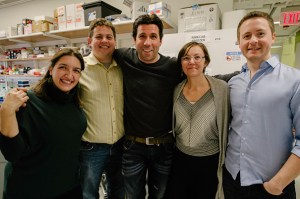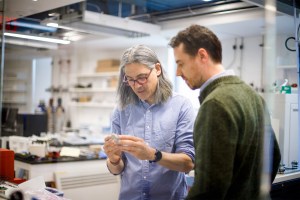Tag: eLife
-
Science & Tech
‘The Last of Us,’ fruit fly edition
Postdoc Carolyn Elya sheds light on how parasitic fungus hijacks the nervous system of flies.
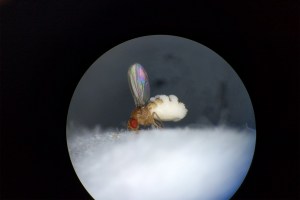
-
Science & Tech
A Rosetta Stone of biology
Harvard researcher develops program to read any genome sequence and decipher its genetic code.

-
Health
In the gut microbiome, at least, it’s nurture, not nature
Environmental factors such as diet make major impacts in the gut microbiome, a new study shows.

-
Science & Tech
How jellyfish and sea anemones know when (and when not) to sting
A team of researchers from Nicholas Bellono’s lab has discovered how the trigger system of jellyfish and sea anemones stinging works on a molecular level.
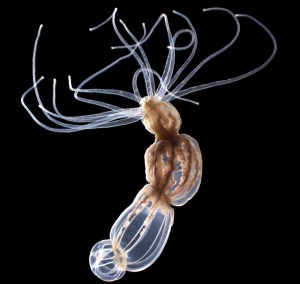
-
Science & Tech
Differing diets of bonobo groups offer insights into how culture is created
According to new study, bonobo hunting tendencies show proof of culture
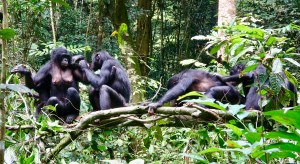
-
Science & Tech
Hidden hearing loss revealed
Harvard researchers have found two biomarkers that may help explain why a person with normal hearing struggles to follow conversations in noisy environments.
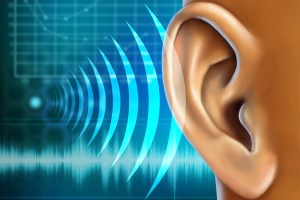
-
Health
Widespread, occasional use of antibiotics linked to resistance
New Harvard Chan School study supports claims that antibiotic resistance in the U.S. is linked more closely to the widespread use of these drugs than to their heavy use among a small fraction of the population.
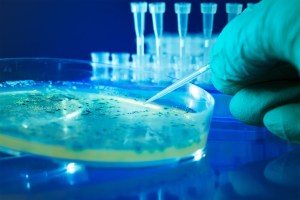
-
Science & Tech
Pitcher plants build own communities
Harvard research has shown that the “miniature ecosystems” housed in pitcher plants from opposite sides of the world are strikingly similar, suggesting that there may be something about the plants themselves that drives the formation of those communities.
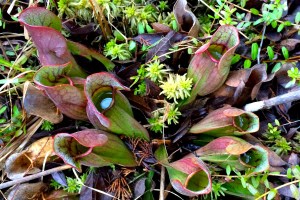
-
Health
Study identifies hundreds of genetic ‘switches’ that affect height
Researchers discovered hundreds of genetic “switches” that influence height, then performed tests that demonstrated how one such switch altered the function of a key gene involved in height difference.
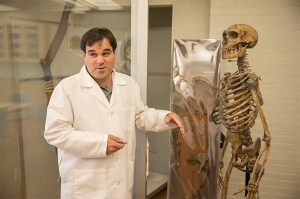
-
Health
‘Junk?’ Not so fast
Research by Harvard Stem Cell Institute scientists shows that much lincRNA, which had been generally believed useless, plays an important role in the genome.
